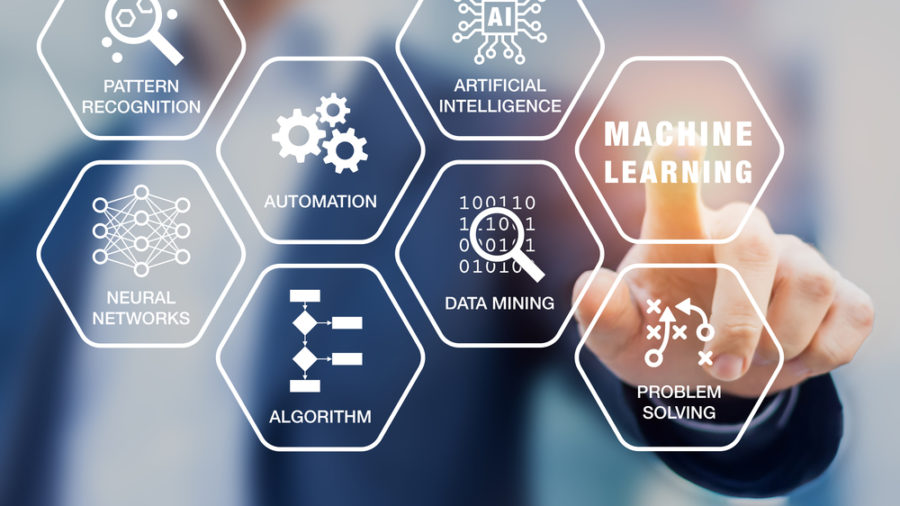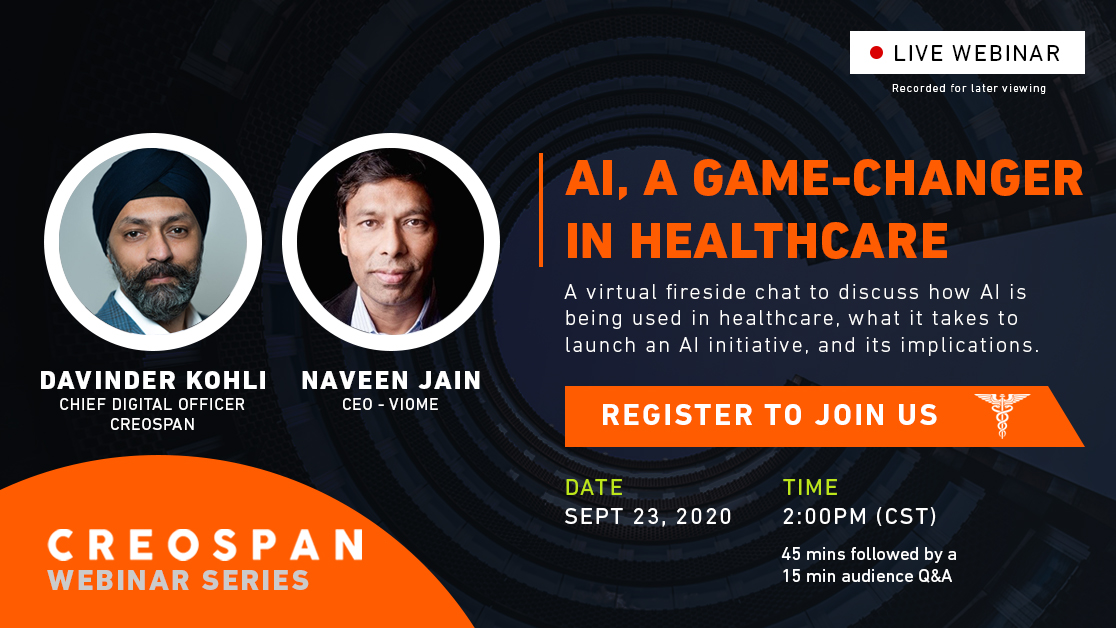Acceleration of Digital Transformation Triggered by COVID Crises
August 25, 2020
Level Up with Certifications
September 18, 2020How Creospan Helped a Client Use AI to Create a New Stream of Revenue
by Joseph Socarras
Recently one of our clients, a startup video content sponsorship platform, approached us at Creospan after deciding to leverage AI to innovate their existing business model. Currently, our client provides sponsorship opportunities on content before that content is posted anywhere. Our client determined that if they could figure out a way to predict user engagement on their content before posting that content on social media, then they could sell sponsorship deals much more effectively. They decided on using AI to predict content engagement, reasoning that AI trained on vast amounts of historical data can sometimes outperform even the predictions of human experts.
After discussing the problem statement and reviewing available historic data with our client, we decided we’d need about four weeks to build a starter AI model. We began by exploring what data was available to us and which AI models we should try implementing. Since our client had access to an extensive database of video metadata and engagement rates, we reviewed and cleansed that available data. Using a combination of Python and Pandas, we removed missing or incomplete data points, standardized data fields such as dates, derived new fields like content age and content engagement rates, and prepped the data to be consumed by an AI model.
The next challenge we faced was which AI modeling approach to select. Since we were attempting to predict what specific level of engagement a post would receive, we decided to implement an AI model known as a regression model. Next, we decided which regression models we’d try based on the amount and type of data we had accessible to us. In this case, we avoided data-hungry models such as neural networks, and instead explored other modeling approaches including Random Forests and linear & logistic regression models. After evaluating preliminary performance, the client and we selected a lasso regression modeling approach. Once we settled on an AI technique, we built an initial model, then deployed the model as an API that our client can consume whenever they like. Once done, Creospan handed off further improvement and maintenance of the starter AI model to our client.
Here are some examples of predictions made so far:

Although predictive analytics challenges can seem daunting at first, they can be addressed methodically. In the case described above, the Creospan team worked with our client to acquire, process, and analyze large amounts of relevant social media data. Afterward, we used that data to train and test various regression models to predict user engagement, selected the best performing model, then operationalized that AI model as an API for usage anytime within the client’s website & mobile app. Here is a visual summary of the process we followed:

As a result of Creospan’s efforts, our client is now able to automatically predict their content’s expected engagement rate (to a reasonable degree of accuracy), allowing them to sell content sponsorship deals much more efficiently and effectively. By now you have hopefully learned that AI can generate strong, unique business value, and that it doesn’t have to be hard for your organization to start leveraging AI today!



